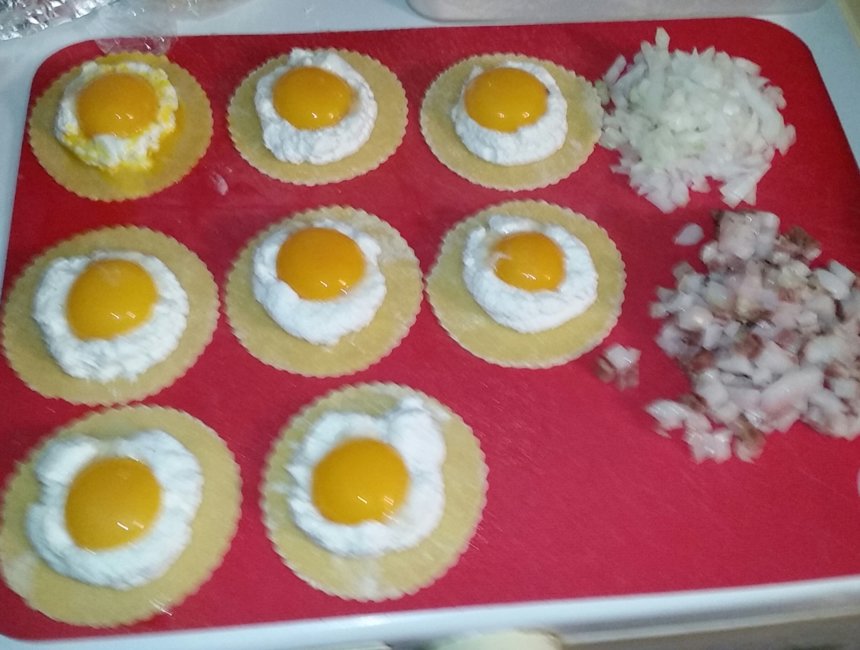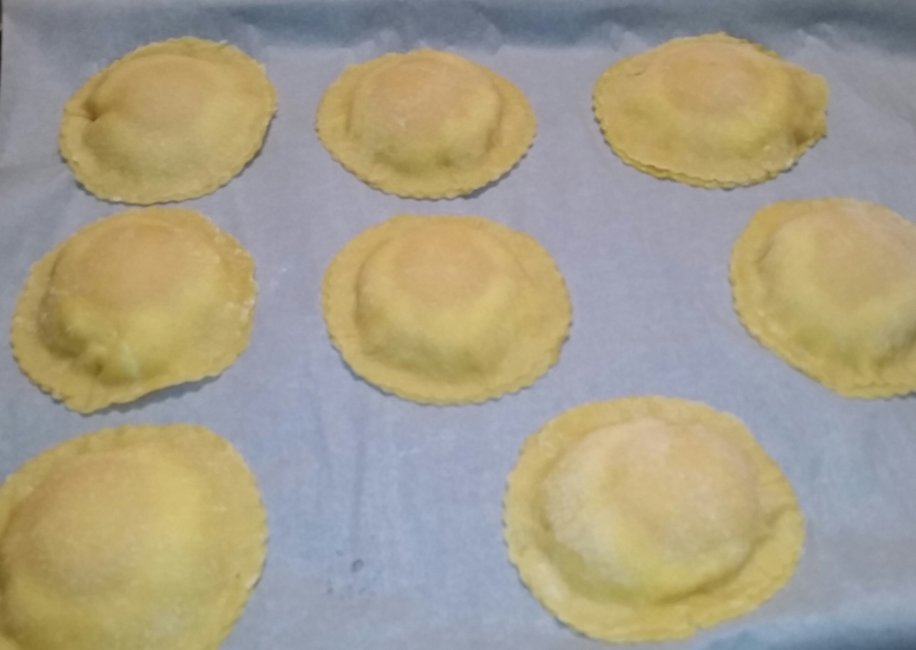Thanks, but no big deal. If I cook my own, I don't get that, and if I order fried eggs, and ask for over-easy, I usually get my nice egg whites and still get the runny yolk.
If you don't flip the egg, it is hard to get the whites done without browning/burning the edges. :
CD
Fully cooked egg whites with runny yolk, two easy methods:
1.Fry eggs in hot bacon fat. sppon hot fat over the egg yolk until the skin pink. Do not flip the egg. Make sure to season properly when the egg is put into the hot pan.
If the egg is basted continuously with the hot fat, the whites will be completely cooked, and the yolk runny before the egg white edges become rubbery, or browned.
2. Place egg in hot pan with melted butter. Season. When the whites begin to harden, add two tbs. water and cover with a glass lid. Let he steam finish setting the egg white. Again, when the skin over the yolk turns pink, the whites are done just right, and the yolk is still runny.
Ok, now about eggs, I love the two above methods. I get the yummy, runny yolks, and well flavored egg whites.
The texture of the whites goes through different stages:
1. runny
2. set, white and tender
3. rubbery
4. browned and rubbery
5. translucent, crisp
Each of these can be achieved through basting, frying, boiling, poaching baking, and steaming. Each has their place in cooking. For instance, an American omelet is a dish that is designed to fill the belly with great omelet fillings, with the egg used to surround everything and hold the fillings together. Therefore, the egg is cooked to a slightly rubbery stage that will do just that, hold everything together.
The French Omelet, on the other had, is a celebration of the egg, with the fillings used to accent and compliment the egg flavor. The egg white and yolk are beaten together and lightly seasoned with salt, pepper, and maybe a little garlic and herbs of choice. This is then poured into a well buttered saute pan, with sloped sides The egg is swirled, and shaken to move uncooked egg from the top to the sides until the egg is almost fully set. i'ts still a litle runny on top when the scant cheese, and other accentuating ingredients are added. The omelet is then slid onto a plated, directly from the pan, and folded in half. The residual heat from the egg completes setting the omelet. It is tender, with the egg flavor playing the starring role. This is my favorite method for making omelets.
For poached eggs, I enjoy a tender, well seasoned egg white surrounding a soft yolk. I achieve this by heating water to a boil, adding 2 tsp. salt, turning down the heat until the water is no longer boiling, and then adding the eggs, one at a time. The water is hot enough to set the egg white, and heat the yolk, without the rapidly boiling water blowing them apart. I gently touch them with a spoon do determine when the whites are completely set. Wen done, I remove the eggs from the pan with a slotted spoon, and use them for whatever dish they accompany.
I likek to use poached eggs on top of corned beef hash, on top of buttered English Muffins, for Eggs Benedict, on top of a burge, or on hash-browns, or on buttered toast.
a poached egg is surprisingly good on steak tartar, or on a perfectly cooked Fillet Mingon.
I like to overcook my boiled eggs jsut a bit, so that the egg white is strong enough not to fall apart when making deviled eggs. For soft boiled eggs, the white must be cooked through, not runny whites, with an all soft yolk. At my altitude, with extra-large eggs, and on my stove setting, I place the eggs into the pot with enough cold water to cover, with an extra half inch of water above the egg. i turn on the heat. When the water just starts to boil, I set my timer for exactly 2 minutes, thirty-seven seconds. When the timer goes off, i put the eggs into a bowl of cold water, breaking the egg shells while transferring the eggs from the pan to the bowl. This makes them easy to peel as the whites, though fully set, are delicate, and will break easily, allowing the yolk to spill out and make a mess while I'm peeling the eggs. So I have to be gentle.
Here are a few pictures that I have taken, not retouched, but the actual picture of some of my egg adventures.
And as an answer to the original question for this thread, yes I love egg yolk, move when runny. But I have a good number of uses for a fully set yolk as well.
oh, and one of my most prized pots is an egg poacher pot, with four egg poaching cups. The pan is filled with about two inches of water, with a tray put on top.
The tray has four removable egg cups, with plastic handles. You smear a S&P.
Bring the water to a boil, and place the cups into the tray. Immediately put the eggs into the cups, and cover with the glass lid.
Let it steam until the whites are set and the yolk is still runny. Remove the cups, and gently pour the egg out of the little cup. These poached eggs are perfectly flavored by the butter, salt and pepper, with tender, but cooked whites, and a completely runny yolk. They have a beautiful shape and are great for straight up, for Eggs Benedict, or on top of buttered toast. If you cook the eggs until the yolk is solid, they make great deviled eggs.
Seeeeya; Chief Longwind of the North




